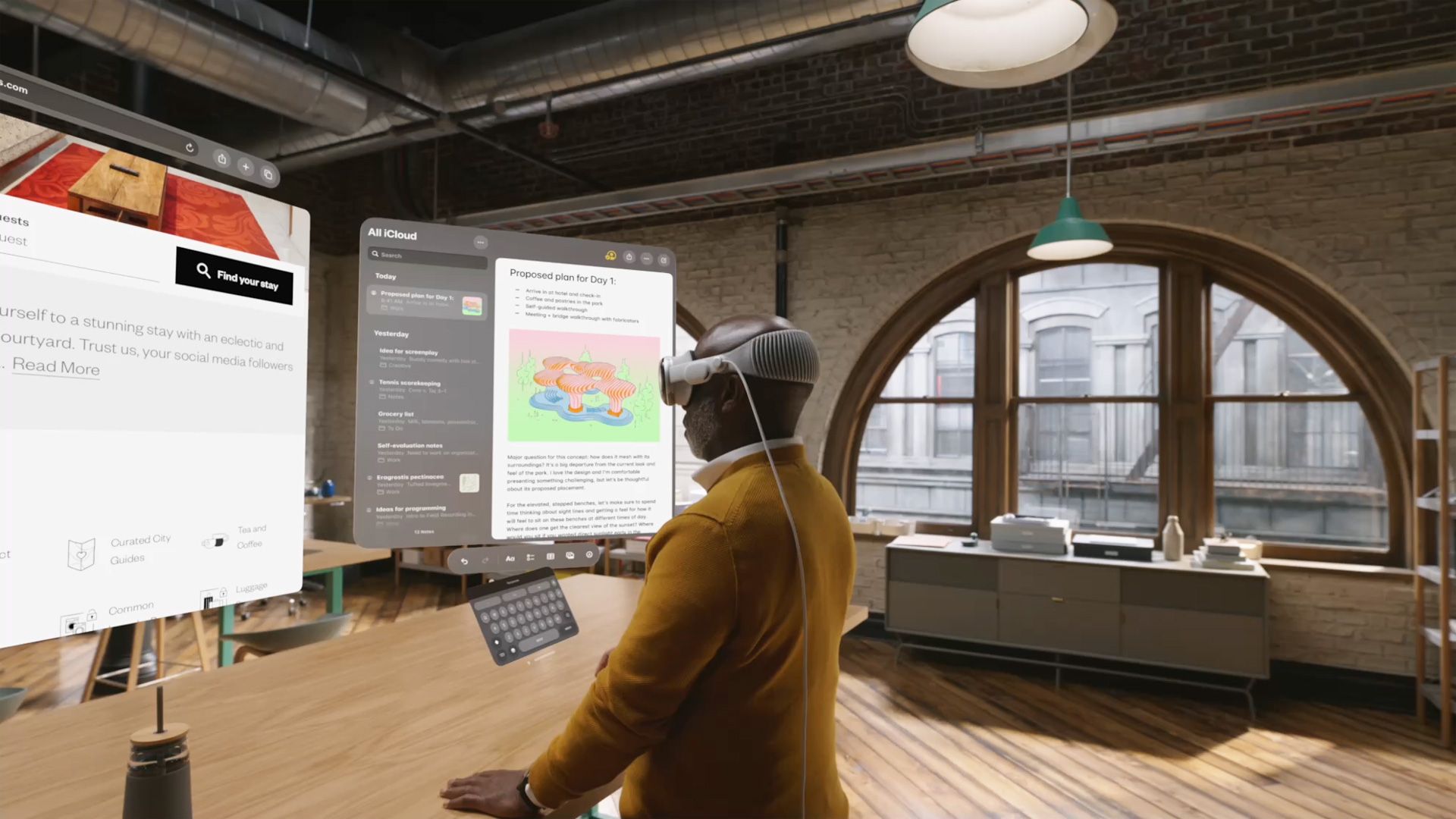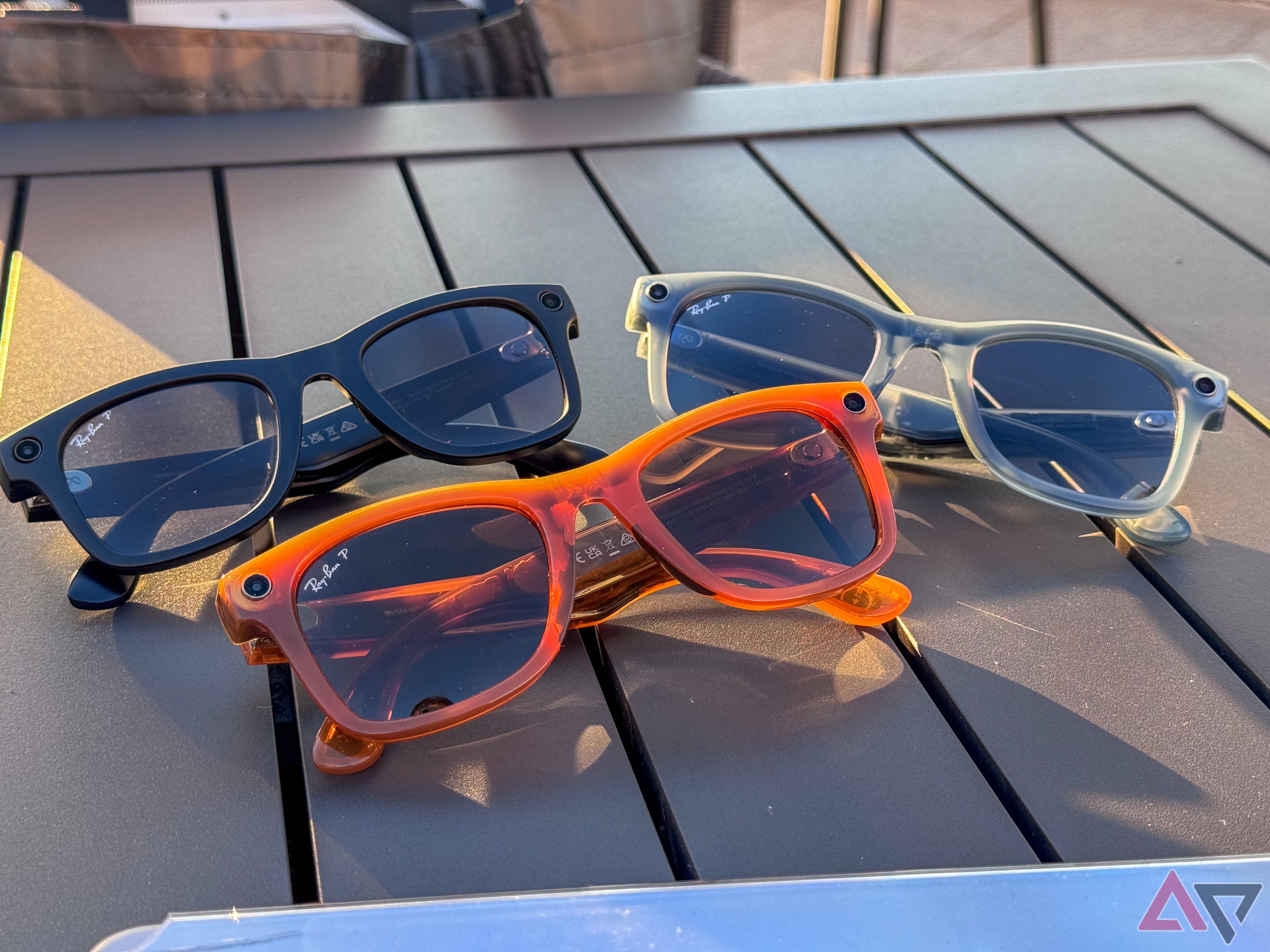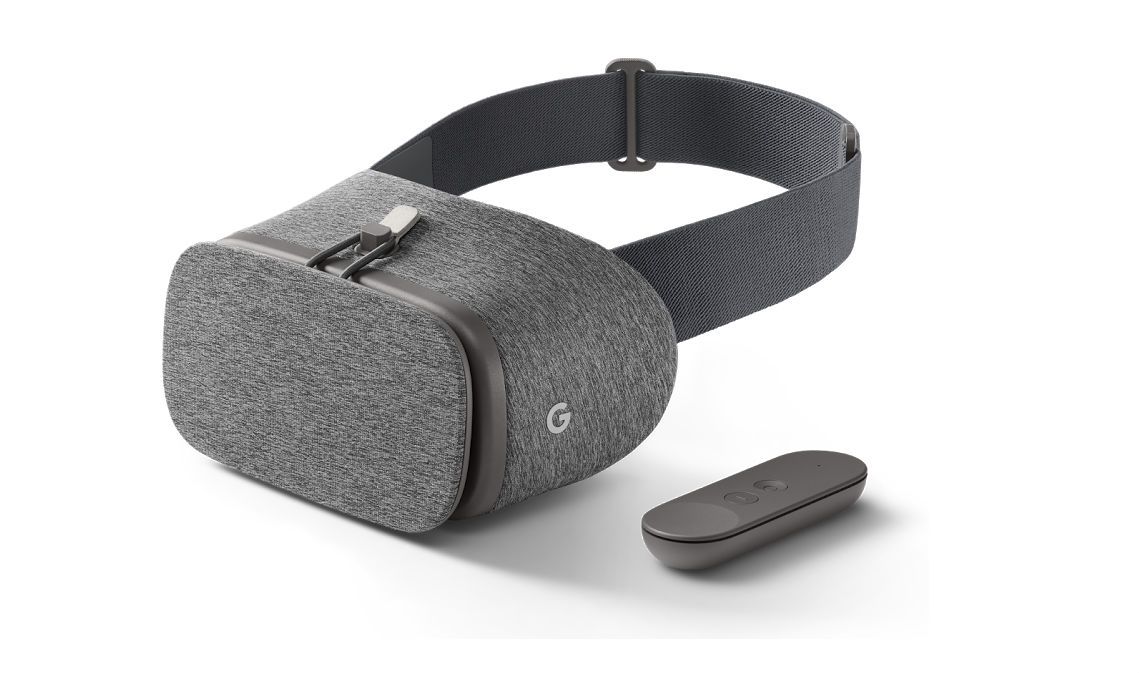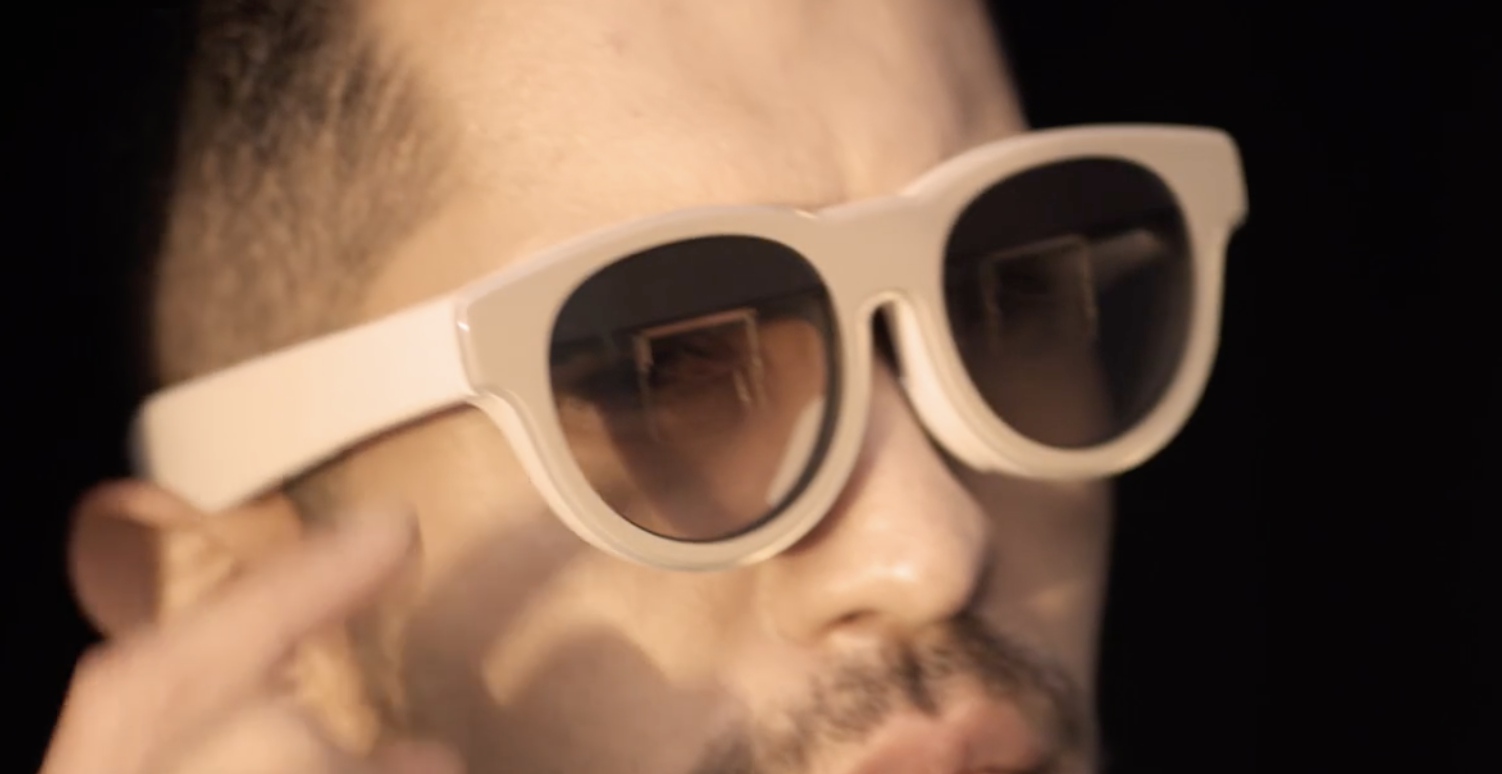Summary
- Apple’s Vision Pro VR headset is being hailed as a groundbreaking device, but it is not the first of its kind, with other companies like Meta and HTC already offering advanced VR headsets.
- Google was once at the forefront of AR innovation with its Google Glass, but it lost its lead and shifted focus to VR platforms like Daydream. Its AR efforts have been inconsistent and its recent project, Project Iris, was abandoned in favor of AI.
- Google and Samsung are now collaborating on an AR headset under Project Moohan. However, their product may not be able to compete with Apple’s Vision Pro, and there are internal conflicts within Google regarding the project.
As with everything else it makes, Apple has drawn a lot of attention towards its new VR headset, the Vision Pro, which is being portrayed as the next big thing to happen since the iPhone. The hype is so much that it feels like Apple has invented an all-new category of devices from scratch — which couldn’t be further from reality. Other companies including Meta and HTC already make highly sophisticated VR headsets while Google once famously had and then abandoned its AR glasses.
With the arrival of Apple’s Vision Pro as a market-ready product, all eyes are now set on its alternative from Google. One that is as capable as the Vision Pro but not locked into the Apple ecosystem, and, at the same time, one that has to be a mass-market headset that is a bit more affordable.
Google pioneered AR glasses
And that was a full decade ago!
If you’ve been a gadget nerd for long enough, you’ll remember Google made a futuristic-looking Google Glass back in 2013. It was basically an eyewear frame (that could accommodate your prescription lenses) with a tiny screen and a camera positioned in front of your right eye. It was a true augmented reality headset that overlaid digital information over your vision.
The Glass looked nothing short of a science fiction element, and it even worked like one. It could give you Maps directions right in front of you, help you look up the stuff you’re seeing, and whatnot. It, unfortunately, got killed a couple of years after mounting privacy concerns because not everyone had made peace with the idea of smart eyewear with a very visible camera. Glass still lived on as an enterprise product for specific use cases and, believe it or not, it got killed off only last year.
Both Meta (in partnership with Ray-Ban) and Snap have their own smart glasses, but they aren’t AR-capable (except one of Snap’s pair that could do some AR tricks). They are mostly for the social generation that wants to record everything around them, and these glasses let them do that hands-free. Taking all this into account, Google Glass does feel much ahead of its time now.
The downs and downs of Google AR
Google loses focus faster than a little puppy
Even though Google was once at the forefront of innovation in the consumer AR space, as the Glass garnered a lot of attention for its novelty, it lost its lead pretty soon. After the death of the Glass as a mainstream product, Google continued its efforts in AR and VR, but in different forms that kept changing over time.
Soon after the Glass, Google jumped to a VR platform called Daydream, introduced as part of Android Nougat. It was a way of turning your phone into a VR device when paired with a simple headset. For this, the phone had to meet a certain standard to be Daydream certified. Google even launched its own headset wrapped in plush fabric, the DayDream View, in which you could slot your phone for a full VR experience. Before then, the company had a fun little (but affordable and widely accessible) Cardboard VR headset. But as you’d expect from Google, Daydream also died, much like a dream.
Besides letting you try out Ikea furniture in your room or measure stuff with AR using your phone camera, Google’s AR efforts were also geared towards a headset under a high-profile Project Iris. Google acquired North, a Canadian start-up involved in AR eyewear development, and worked on the project with North’s help for a good few years. It finally seemed like Google found its calling and became serious about AR. It even showcased an early version of its new AR glasses as it brought them out of its closed-off labs for some real-world testing. The company had reportedly developed a unique way of interacting with its AR glasses using rings and bracelets that the user would wear.
These glasses were expected to land sometime in 2024, but Google quickly abandoned the project when it found something new to play with, in this case, AI. The situation was so bad that the department was marred by layoffs and a senior executive working on AR applications quit because of “Google’s unstable commitment” to AR, which was around the same time Apple revealed the Vision Pro at WWDC last year.
Google ❤️ Samsung
A romantic plot that’s only getting thicker
Google and Samsung have deepened their partnership in various areas: a major pairing happened when the two co-developed Wear OS as we know it today, while more recently the two companies merged Nearby Share and Quick Share. As it turns out, Google and Samsung are also working on an AR headset together, and things have sped up after Apple showcased the Vision Pro.
Following the shuttering of Project Iris, Google did some major reshuffling internally. First off, it divided its AR department into two: Platforms & Ecosystems and Devices & Services. Secondly, it partnered with Samsung and Qualcomm to develop an extended reality (XR) headset from scratch under Project Moohan. Google is said to be following the Android route this time around to develop the platform rumored to be named Micro XR for the headset in-house and license it to brands like Samsung for their own products.
An early prototype of Samsung AR eyewear from 2021
While we’ve already seen some signs of Micro XR coming closer to reality, a real product may not be just around the corner — at least one that can compete with the complete package Apple Vision Pro has to offer. After Apple’s launch, Google and Samsung decided to push back their product to make sure it didn’t seem half-baked in comparison, according to Insider (via The Verge). However, a few Google employees feel that this extra time may still not be enough to even come close to the Vision Pro.
Meanwhile, a South Korean outlet reported that Samsung is looking to take control of the hardware and close off access to Project Moohan from other Google employees. That’s because another Google team is working on its separate headset, further muddling up the situation that the company is already in.
What’s next?
With Samsung and Google working closely together, there is a good chance that they will come out with a mixed-reality headset sooner rather than later. But how good it’s going to be and whether or not it can compete with the focus Apple has on the Vision Pro, that’s something only time can tell. One can speculate that Google could announce its AR platform at this year’s I/O, which itself is a few months away, while a real-world product will take even more time to see the light of day.
In the meantime, Apple has already taken the lead in the VR/AR space by delivering a product that is ready for the market. And even though the Vision Pro is unaffordable for most at $3500, it has set a strong foundation for VR headsets in the Apple ecosystem — something that will take Google a long while to replicate.
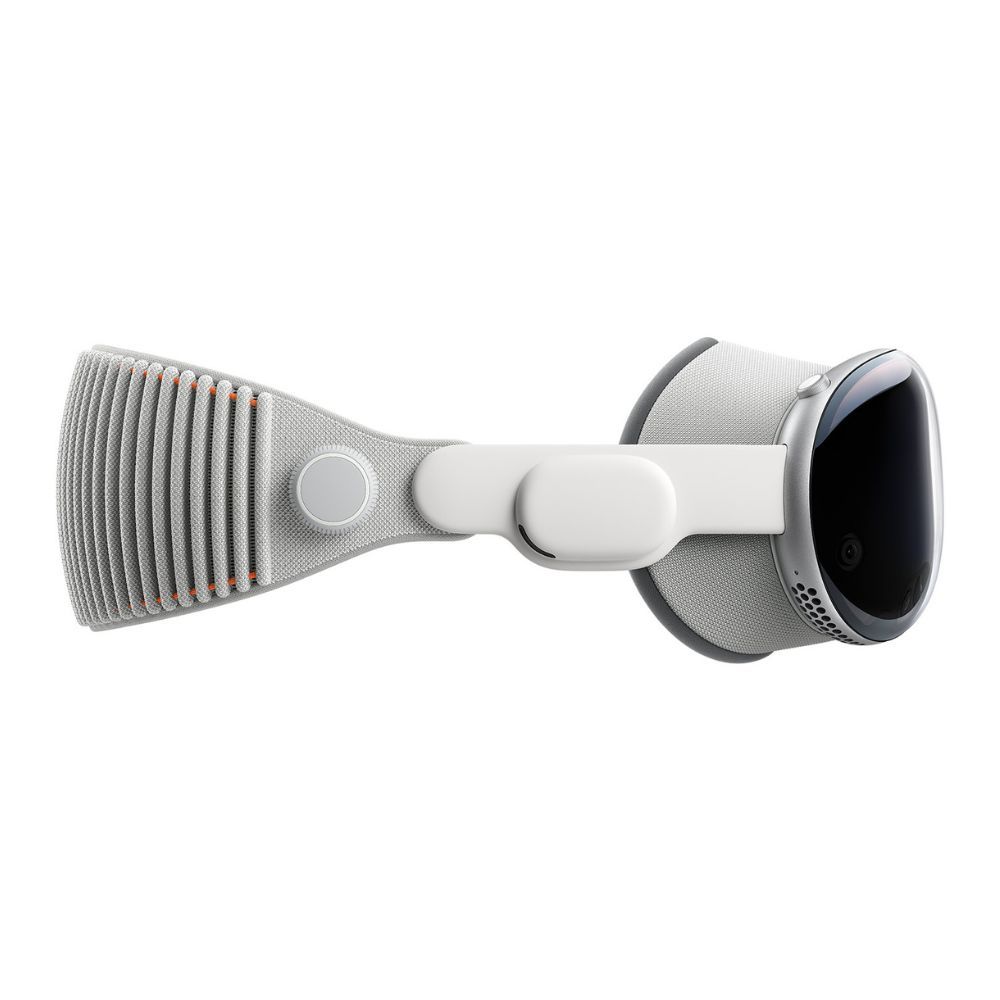
Apple Vision Pro
The Apple Vision Pro is perhaps the most advanced VR/AR headset that you can lay your hands on right now. It’s got multiple sensors, cameras, and screens to offer the futuristic experience that Apple demonstrated. That’s the reason the Vision Pro commands such a premium price with virtually little to no competition in the market.

Maria Malik is your guide to the immersive world of Virtual Reality (VR). With a passion for VR technology, she explores the latest VR headsets, applications, and experiences, providing readers with in-depth reviews, industry insights, and a glimpse into the future of virtual experiences.

